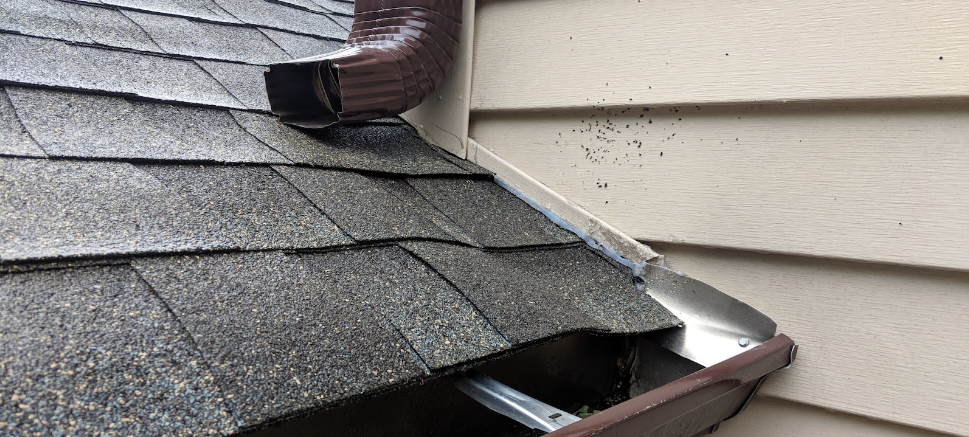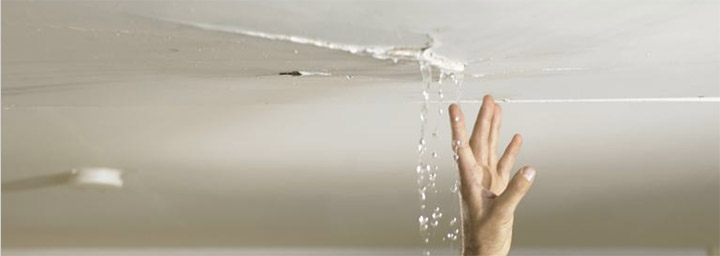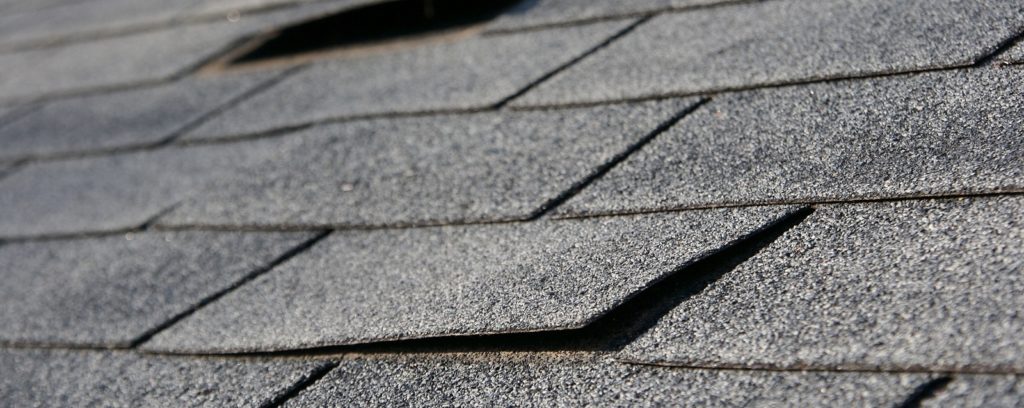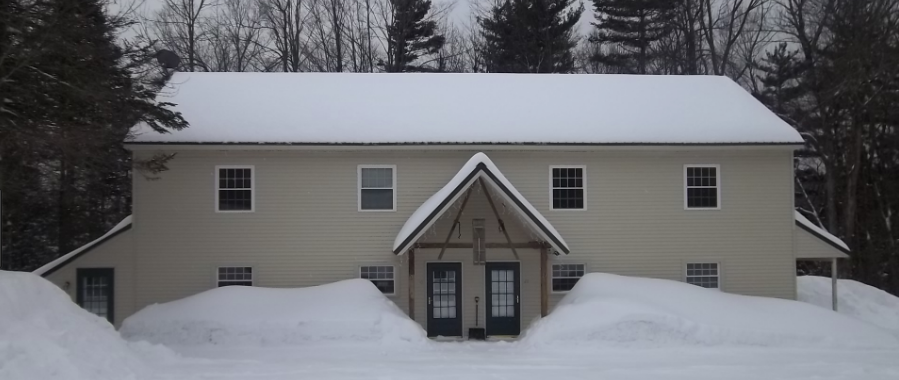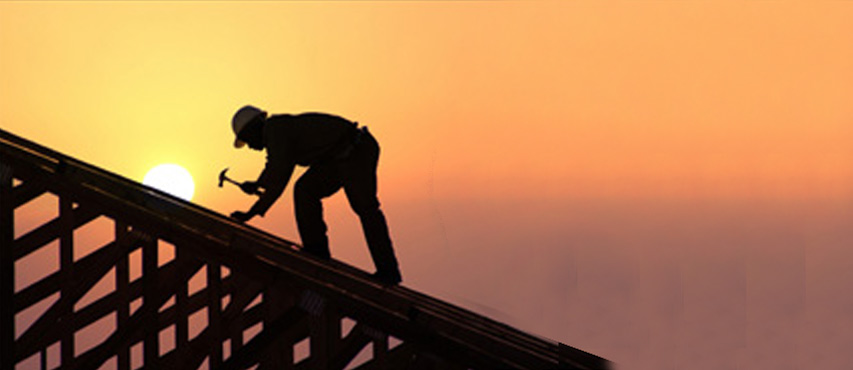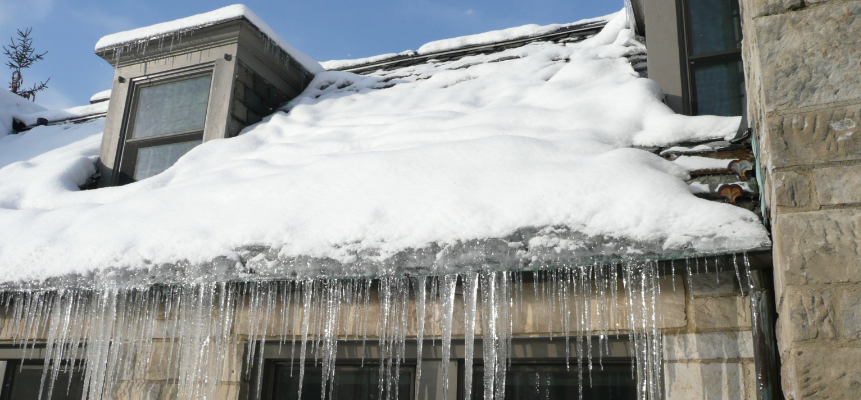December 13, 2018 in Tips
How to Protect Your Home Against Winter Weather
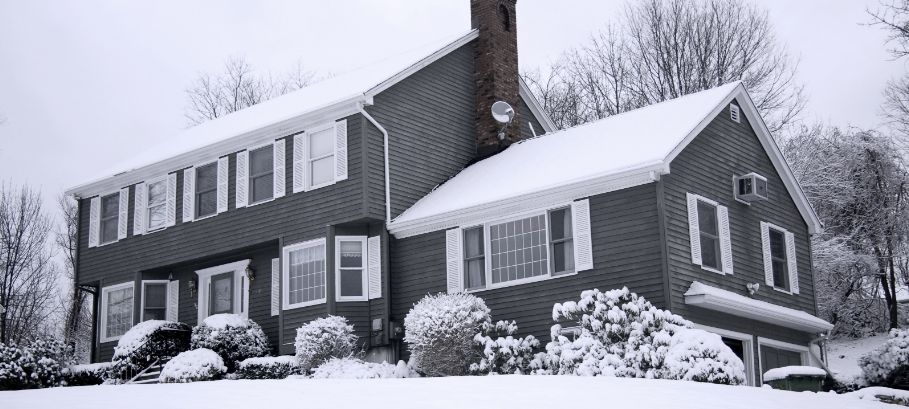
As winter rolls in, it’s important to remember that winter weather can pose a threat to your home. There is certainly nothing you can do to stop the weather from coming, but you can prepare your home to the best of your ability. That way, when the weather does arrive, at least you can know you’ve done your part to protect your home. We’d like to offer up a few tips with regard to protecting your home during this harsh time of year.
Inspect the Roof
Heading into winter, you want to make sure that your roof is as structurally sound as possible. If there are any problems with the structure of your roof, getting them taken care of before poor weather rolls in and threaten to do damage to your home is important. Of course, going up on your roof to inspect for problems can be dangerous, and you might not know what you are looking for, anyway. Unless you are comfortable on your roof and have experience with this kind of work, it is a good idea to bring in a profession to do an evaluation. Doing so should not be a significant expense, and it can provide you with valuable peace of mind.
A Ground Check
We mentioned above that heading up on your roof for an inspection might not be the best plan, especially if you don’t know what to look for in terms of problems. One thing that is easy for any homeowner to do is to stand down on the ground and look up at the condition of the shingles. If any of your shingles are damaged or missing, you should be able to spot them from the ground (provided you can see all section of your roof, of course). Once you spot a problem from the ground, you can then bring in a pro to make the necessary repair.
Keep Your Gutters Clean
Fall is the right time to make sure your gutters are cleaned properly before winter moves in. This is a good practice for all homeowners, but it is especially important for those who live in an area where leaves will be dropped onto the roof during the fall. Leaves and other debris can easily cause your gutters to clog, and water will not be able to drain away from the roof as a result. Whether it is rain or snow, you need to move water away from the home quickly and properly to avoid doing damage to the structure. Again, be sure to exercise caution and only take on projects that you are confident you can complete safely. If cleaning out your gutters is a task that it out of your comfort zone for one reason or another, there is nothing wrong with hiring a contractor to do the work for you.
With proper planning, and just a little bit of good luck, you should be able to make it through the winter season without having to deal with too many home-related problems. Remember, get started early and give yourself plenty of time before the worst of the weather hits.

